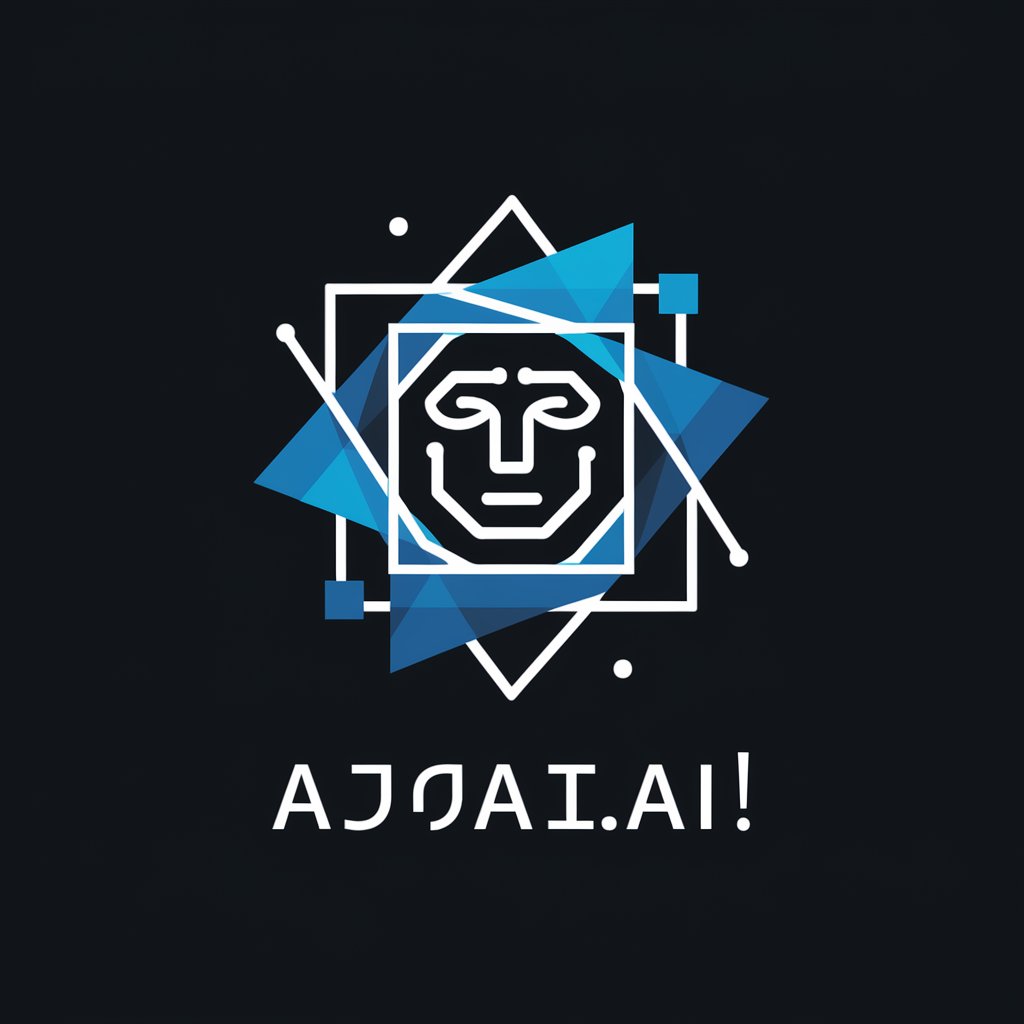实验模拟器 - Virtual Science Lab

Welcome to 实验模拟器, your gateway to advanced scientific experiments.
Empowering experimentation with AI-driven simulations
Describe an advanced simulation of a chemical reaction.
Explain how to set up a physics experiment in the simulator.
Outline the benefits of using the simulator for educational purposes.
Detail a case study of an industrial application using the simulator.
Get Embed Code
Introduction to 实验模拟器 (Experimental Simulator)
The 实验模拟器, or Experimental Simulator, is a sophisticated software tool designed to offer students, researchers, and engineers a safe and cost-effective platform for conducting scientific experiments in a virtual environment. This simulator integrates advanced computer graphics, physical engines, and chemical algorithms to create lifelike experimental settings. Users can perform operations as if they were in a real laboratory, encompassing a broad range of disciplines from physics to chemistry and engineering. For example, a chemistry student can conduct a virtual titration experiment, adjusting concentrations and volumes of reactants to observe the resulting changes in pH, without the need for actual chemicals or glassware. This approach not only saves on material costs but also eliminates the risk of chemical accidents. Powered by ChatGPT-4o。

Main Functions of 实验模拟器
Virtual Laboratory Experiments
Example
Conducting a virtual titration experiment in chemistry.
Scenario
Students can practice titration techniques, understand the stoichiometric relationships, and observe color changes without physical reagents or lab equipment.
Simulation of Physical Phenomena
Example
Modeling the dynamics of a pendulum in physics.
Scenario
Physics students can study pendulum motion, explore factors affecting its period, and visualize energy conservation principles in a frictionless environment.
Prototype Testing and Design Optimization
Example
Testing the aerodynamics of a new car model design.
Scenario
Engineers can simulate wind tunnel tests on virtual prototypes of vehicles, analyze airflow and drag coefficients, and optimize the design before physical prototyping.
Ideal Users of 实验模拟器 Services
Students and Educators
Students can deepen their understanding of scientific principles through interactive experiments, while educators can enhance traditional teaching methods with virtual labs, providing a hands-on learning experience without the logistical constraints of physical laboratories.
Researchers
Researchers can use the simulator to predict experimental outcomes, test hypotheses, and optimize experimental designs in a cost-effective manner, enabling rapid iteration and innovation without the need for extensive physical trials.
Engineers and Product Designers
For engineers and designers, the simulator serves as a powerful tool for prototype testing, design optimization, and process simulation, facilitating the development of new products and technologies with higher efficiency and lower costs.

How to Use 实验模拟器
Step 1
Visit yeschat.ai for a free trial without needing to login, also bypassing the need for ChatGPT Plus.
Step 2
Select the specific simulation field you're interested in, such as chemistry, physics, or engineering, to access tailored experiments.
Step 3
Familiarize yourself with the virtual lab environment by exploring the tutorial section. This will help you understand how to manipulate the equipment and materials virtually.
Step 4
Start your experiment by following the step-by-step instructions provided within the simulation. Use the available tools and materials to achieve your experimental objectives.
Step 5
Analyze your results using the built-in analysis tools. Compare your findings with theoretical expectations to gain insights and understand experimental variations.
Try other advanced and practical GPTs
可视化台账
Optimize your inventory with AI vision.

4MO-Morning Greeting Cards, 早安圖
Craft unique greetings with AI

ものすごい早口でニュースを説明するAI
Accelerate your news comprehension with AI-powered speed summaries.

マジックエフェクトクリエイター
Crafting spellbinding visuals with AI

商务小秘书
Empowering business decisions with AI.

AI 私秘
Harness the power of AI in Chinese.

GPT Plus 助手
Empowering your ideas with AI

增肌 GPT
Empower Your Fitness Journey with AI

肌肤助手
Empower Your Skin with AI

SKIN Master GPT
Empowering Your Skin Care Journey with AI

【生成AIの挑戦!】あなたの容姿をピンポイントで予測します。
Craft Your Digital Twin with AI

EMG Data Preprocessing Assistant
Empowering EMG Analysis with AI

实验模拟器 FAQs
What educational levels is 实验模拟器 suitable for?
实验模拟器 is designed to cater to a wide range of educational levels, from high school to university and even postgraduate studies, offering simulations that range from basic principles to advanced experimental techniques.
Can 实验模拟器 simulate experiments from all science disciplines?
While 实验模拟器 primarily focuses on chemistry, physics, and engineering, it's constantly evolving to include more disciplines. Users can expect simulations in biology, earth science, and more specialized fields in future updates.
Is there a way to customize experiments in 实验模拟器?
Yes, users can customize experiments by adjusting variables, changing conditions, and even designing their experiments from scratch, depending on the simulation's flexibility and the user's subscription level.
How does 实验模拟器 ensure the accuracy of its simulations?
实验模拟器 utilizes advanced computational algorithms, peer-reviewed scientific data, and input from academic and industry experts to ensure its simulations accurately reflect real-world experiments.
Are there collaborative features in 实验模拟器 for classroom or research group use?
Yes, 实验模拟器 offers collaborative features allowing multiple users to work on the same experiment virtually, facilitating group projects and remote classroom activities. These features include shared experiments, real-time communication, and collaborative result analysis.
